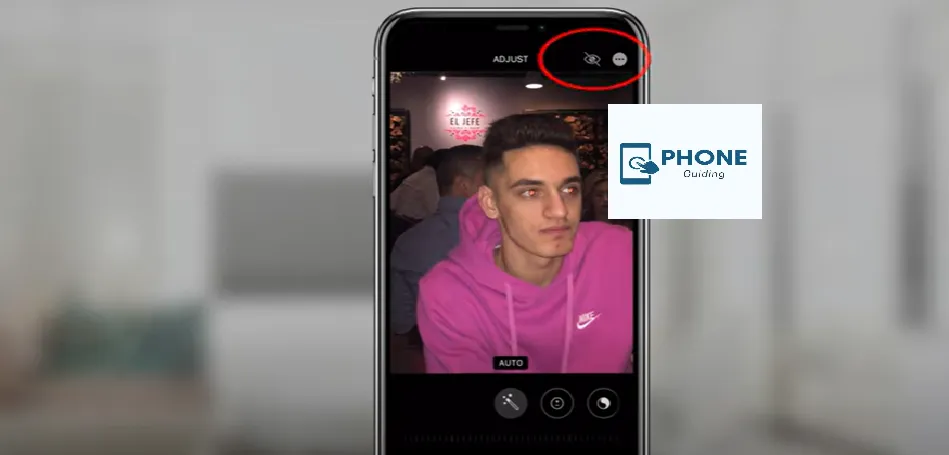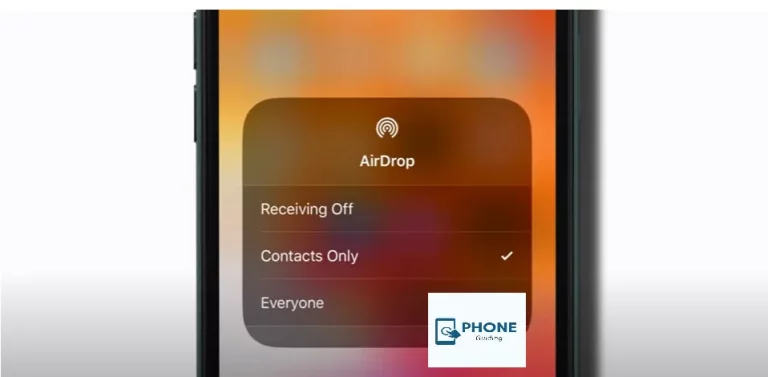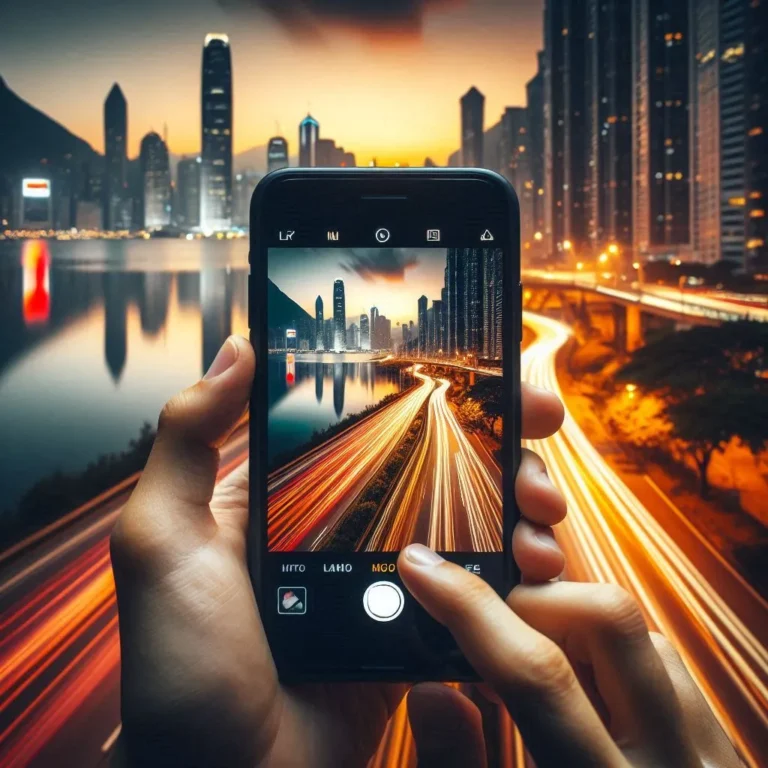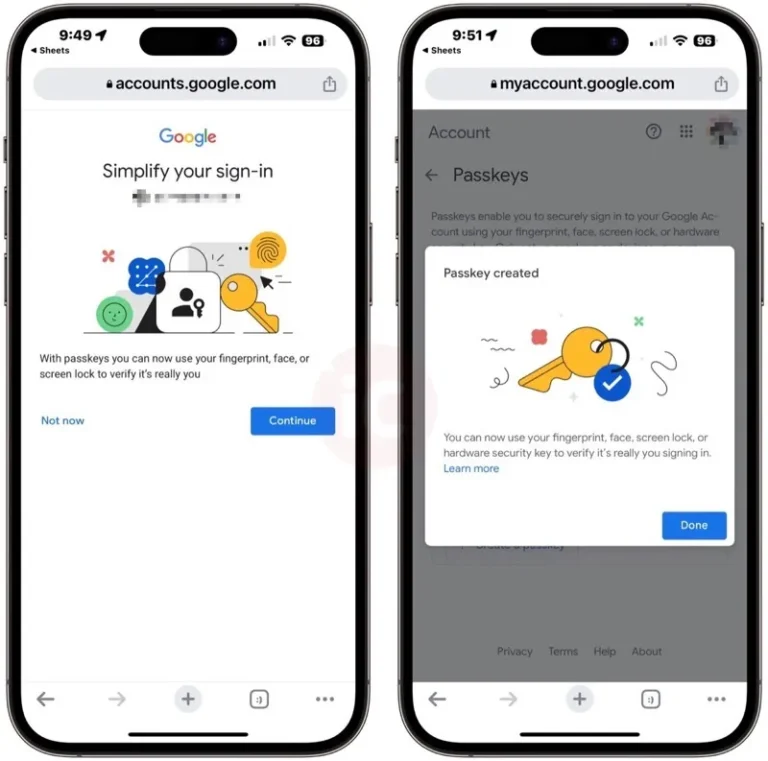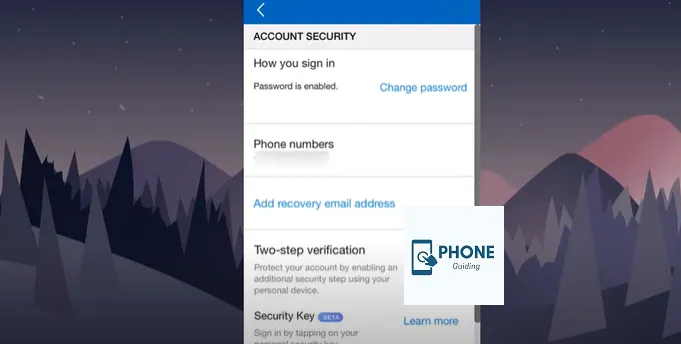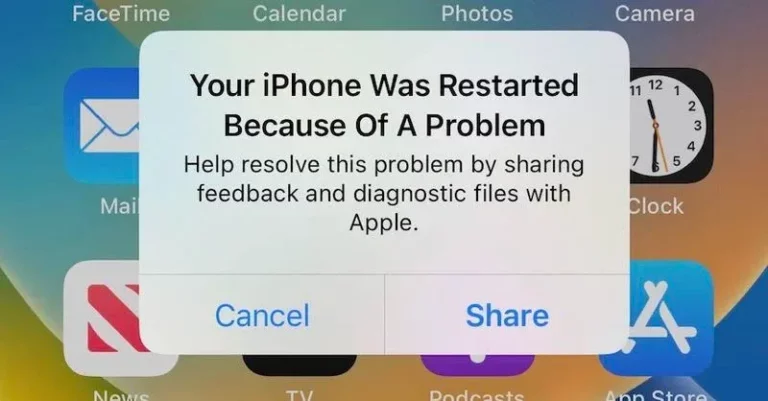How to Fix Lazy Eye Pictures on an iPhone?
We also know the lazy eye as a wandering eye. Lacking eye appeal in photos is more common than people think when they get them. When people notice it, most of them are okay with it, but some people find it irritating, and they think that because of the lazy eye in pictures, their photos are ruined. To avoid lazy eyes, people become more conscious while taking pictures.
You can also do many things to avoid and correct lazy eyes. It does not matter what proficiency you have when taking photos. You can still get lazy eyes. Once you have lazy eyes, the only option is to fix them with pictures. The following details tell you different techniques, so your lazy eye isn’t apparent or prominent in the photographs.
Problems Caused by Lazy Eyes
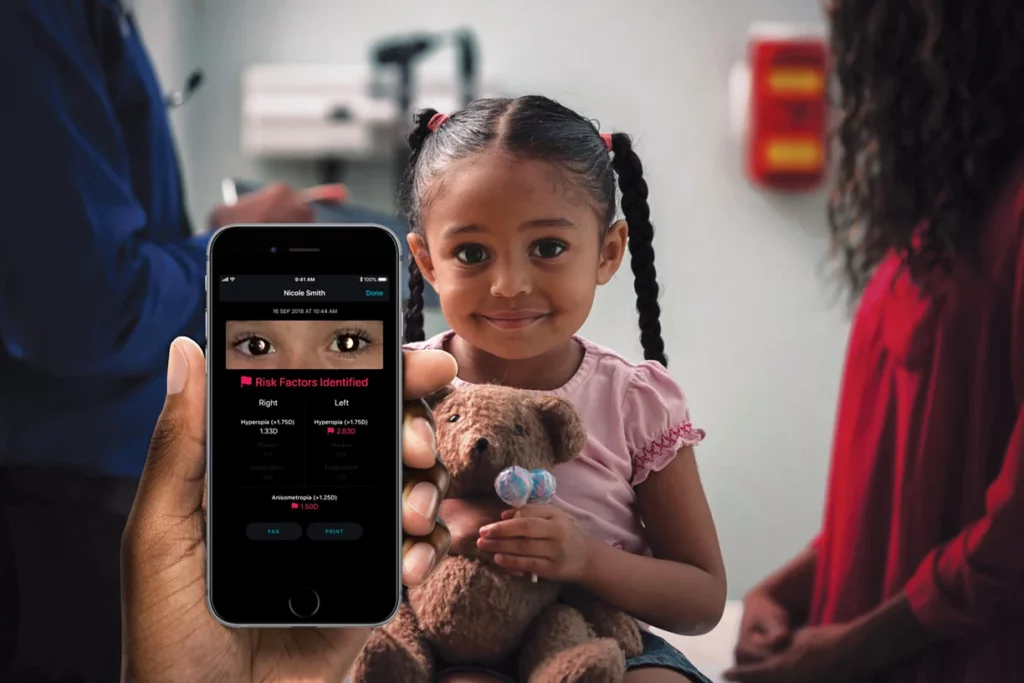
If you need to know what a lazyeye is, here is what you need to know. It happens mostly when someone looks at you and their eyeballs slowly drift away in a different direction. This condition is genetic 90 % of the time, and one has no control over it. If it is happening to you, you should continue taking photos. Instead, you should look deeply into that problem and try to resolve it. A lazy eye can affect the quality of a photo in many ways. Here are some of the issues shown by lazy eyes.
- The eyes are not even synchronized.
- There is an evident head tilt.
- Squinting and shutting of eyes
As a photo photographer, you should be aware of the issues that lazy eyes can cause and how to avoid them. Also, make it disappear and change it a little while editing a photo.
Methods to Fix Lazy Eyes in Pictures
Now, you know what a lazyeye is and what problems it can cause in photos. But it is not something to worry about, as you can fix it in the photos app. How will that be possible? Well! There isn’t a problem in this world that has no solutions. There are multiple ways to fix a lazy eye problem on an iPhone.
Change Subject’s Focus
Change the subject’s focus if there is no way to fix lazy eyes in photos. If you change how the person being shot looks, you can manipulate the appearance of lazy eyes. All of it depends on the positioning of the lazyeyes. If they are facing inward, you have to ask the subject to look away from the center of the lens. However, if the lazy eye’s direction is outward, you have to ask them to look toward the center of the lens.
You also have to suggest the subject they should train to look at and focus on in one direction. You can ask the issuer to do it while shooting as well. You must ensure that you do it in short intervals while shooting several pictures. The longer the duration, the more likely their lazyeyes will drift. It also gets very uncomfortable when they try to concentrate for too long.
Change the Angle of the Shooting
The second thing you can try as a solution is to change the angle at which you shoot. Because it might be the angle at which you are hitting that makes the laziness more visible, it is better to shoot from a side angle or an angle from a higher position. If you change the angle to avoid lazy eyes, it will look natural and not artificial at all. It is also one of the best methods to prevent lazy eyes.
Changing the shooting position will force the eye to focus completely on the camera, and both eyes will be in the same direction. If you shoot from the left side, the person being shot must look at you. And then the other eyeball will drift to the left. The eyes will not appear to float either.
Change Head and Body Position
Another good solution for the lazy-eye issue in photos is to change the position of the body and the head of the subject. This method is the best solution for fixing lazy eyes in photos. If you want the best results, you must ask the person to turn the other eye’s shoulder forward and lean their body forward.
So, they will look into the camera at the very last minute while shooting, and there will be no lazyeye in the picture that will be captured.
Selfie Problems and Their Solutions
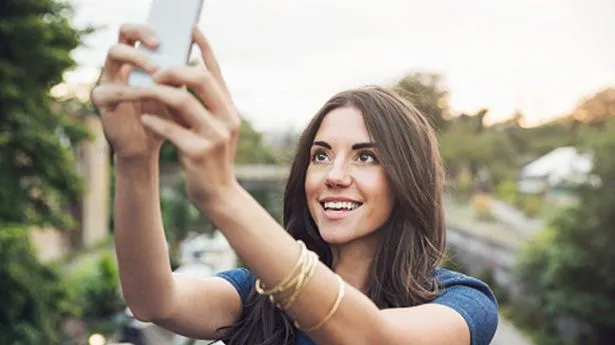
We all, at some point, have to go through many problems while taking selfies. All the issues you might face while taking selfies and their possible solutions have been addressed here.
- One of the significant problems people face is face paleness. You can solve this problem by picking out a good foundation.
- You will not get the best results when you’re too close or far from the photo, so you must find the perfect range for your selfies.
- Most of the time, the cheekbones disappear when there is less light and more darkness. For that, you have to find a more suitable lighting source.
Types of “lazy eye” effects include:
- Strabismus: misaligned eyes due to muscle weakness, resulting in crossed eyes or inward/outward deviation.
- Eye closure: One eye is partially or fully closed due to blinking, fatigue, or other factors.
- Head tilt: an unbalanced head angle leads to an uneven eye appearance in the photo.
- Red-eye: The red-eye effect due to the camera flash can mask actual eye alignment.
Prevention techniques:
- Camera angle: Adjust the camera position to capture a straight-on view, minimizing head tilt and eye misalignment.
- Lighting: Use natural light or diffused flash to avoid harsh shadows that accentuate eye differences.
- Eye focus: Encourage subjects to relax and focus naturally, avoiding forced eye positions.
- Multiple shots: Take multiple photos to increase your chances of capturing eyes open and aligned.
Advanced photo editing tools:
- Eye mirroring: mirror one eye to match the other, suitable for mild strabismus or a closed eye.
- Pupil adjustments: Resize or reposition pupils for a more balanced eye appearance.
- Blemish removal: Conceal redness or imperfections around the eyes for a natural look.
- Liquify tools: advanced warping and sculpting tools for precise eye adjustments.
Third-party app recommendations:
- Facetune: is a popular app with basic and advanced tools for eye adjustments, blending, and blemish removal.
- Eye Tune: This dedicated app for correcting eye alignment, and red-eye, and enhancing eye features.
- Photoshop Express: Mobile version of Photoshop with powerful editing tools for advanced users.
- Remini: AI-powered app that improves photo quality and offers subtle eye correction options.
Limitations and ethical considerations:
- Realistic portrayal: Editing can distort facial expressions and challenge accurate representation.
- Overcorrection: Avoid exaggerated or unnatural-looking edits, and prioritize preserving authenticity.
- Misrepresentation: Edited photos used in professional or public contexts require transparency.
- Self-image impact: Consider the potential negative impacts of editing on self-perception and body image.
Professional photo editing alternatives:
- Professional photographers: Hire a professional for complex editing or situations requiring expertise.
- Online editing services: Utilize online editing platforms for high-quality results and expert assistance.
- Software like Photoshop: Invest in professional editing software for advanced control and customization.
Understanding the impact of “lazy eye” in photos:
- Misaligned eyes can affect perceived emotions, mood, and the overall balance of the photo.
- Editing can enhance expression and correct minor imbalances for improved impact.
- Consider artistic intent and desired message when editing, not just technical correction.
Choosing the right editing technique:
- Identify the specific “lazy eye” effect to determine the most appropriate editing tool.
- Less is often more, prioritize subtle adjustments, and maintain a natural look.
- Experiment with different tools and techniques to find the optimal balance.
Subtlety and natural look:
- Aim for edits that enhance the photo without drastically altering facial features.
- Preserve individual characteristics and avoid generic, over-edited results.
- Maintain skin texture, wrinkles, and other natural details for authenticity.
Sharing edited photos responsibly:
- Disclose edited photos when used professionally or shared publicly, especially for portraits.
- Avoid promoting unrealistic beauty standards or negative self-image through edits.
- Encourage acceptance of natural appearances and celebrate individual beauty.
“lazy eye” effects in photos responsibly, explore various tools and techniques and prioritize ethical considerations for natural, authentic, and impactful results.
Bottom Line
Lazy eyes are ubiquitous in photos; fixing them in pictures is tricky. So, using different techniques and methods, it is better to prevent lazy eyes in photos. The ways to improve the lame eye in photographs are all mentioned above. If you are looking for selfie tricks and tips, they are all mentioned above.
Frequently Asked Questions
Here are also some of the frequently asked questions:
Can you fix a lazy eye in pictures in the Photos app?
Yes, you can, and it is a simple process.
Do I need a high-end third-party app to edit photos?
No, you can use the Photos app on your iPhone for all the basic photo editing.
Can you edit a lazy eye?
Photoshop allows you to adjust the pupil’s placement easily or change the lazy eye. You can quickly fix your eyes by using the Lasso tool and changing the placement of the lazyeye. If you are taking pictures with any other object, focus on that object to make your lazy eye less noticeable.
How do you get rid of lazy eyes in pictures?
Trying Different Poses in a certain way is the easiest solution. For example, you ask your model to lean slightly and tilt their shoulder slightly. List the shoulder on the side of the normal eye to hide or counter the lazyeye.
